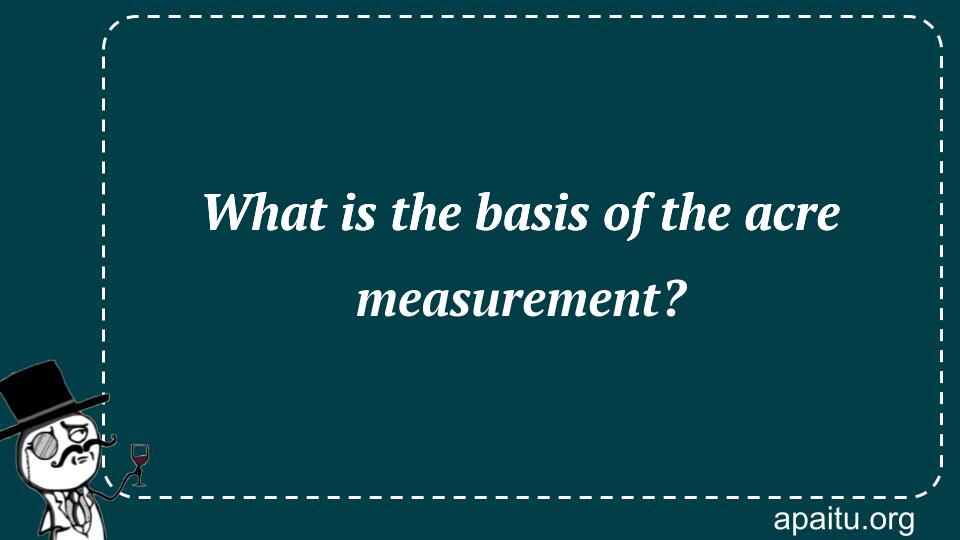
Here is the question :
WHAT IS THE BASIS OF THE ACRE MEASUREMENT?
Here is the option for the question :
- Distance between farms
- Amount of corn in a bushel
- Ability of a team of oxen
- Size of a village
The Answer:
And, the answer for the the question is :
Ability of a team of oxen
Explanation:
[STC0019040]. An acre (derived from the Middle English word ‘aecer’ and the Latin word ‘ager’) descended from the term ‘field’. This is because the acre was originally designed to be the area of land that could be plowed in a single day by a team of oxen. While the quantity of land that modern humans can plow in a single day has expanded tremendously, the word stayed as a unit of measurement for this particular fairly sized piece of ground.